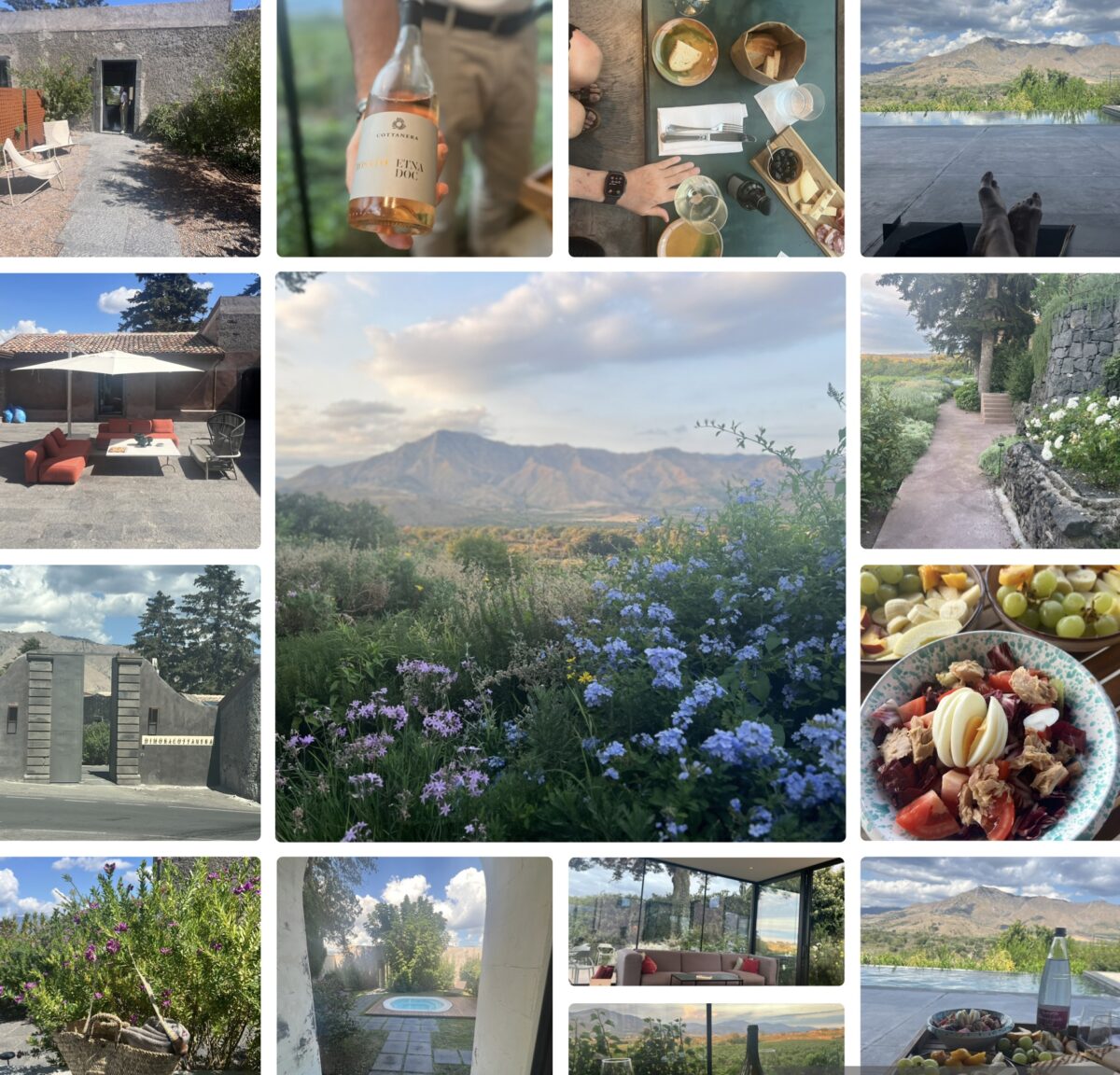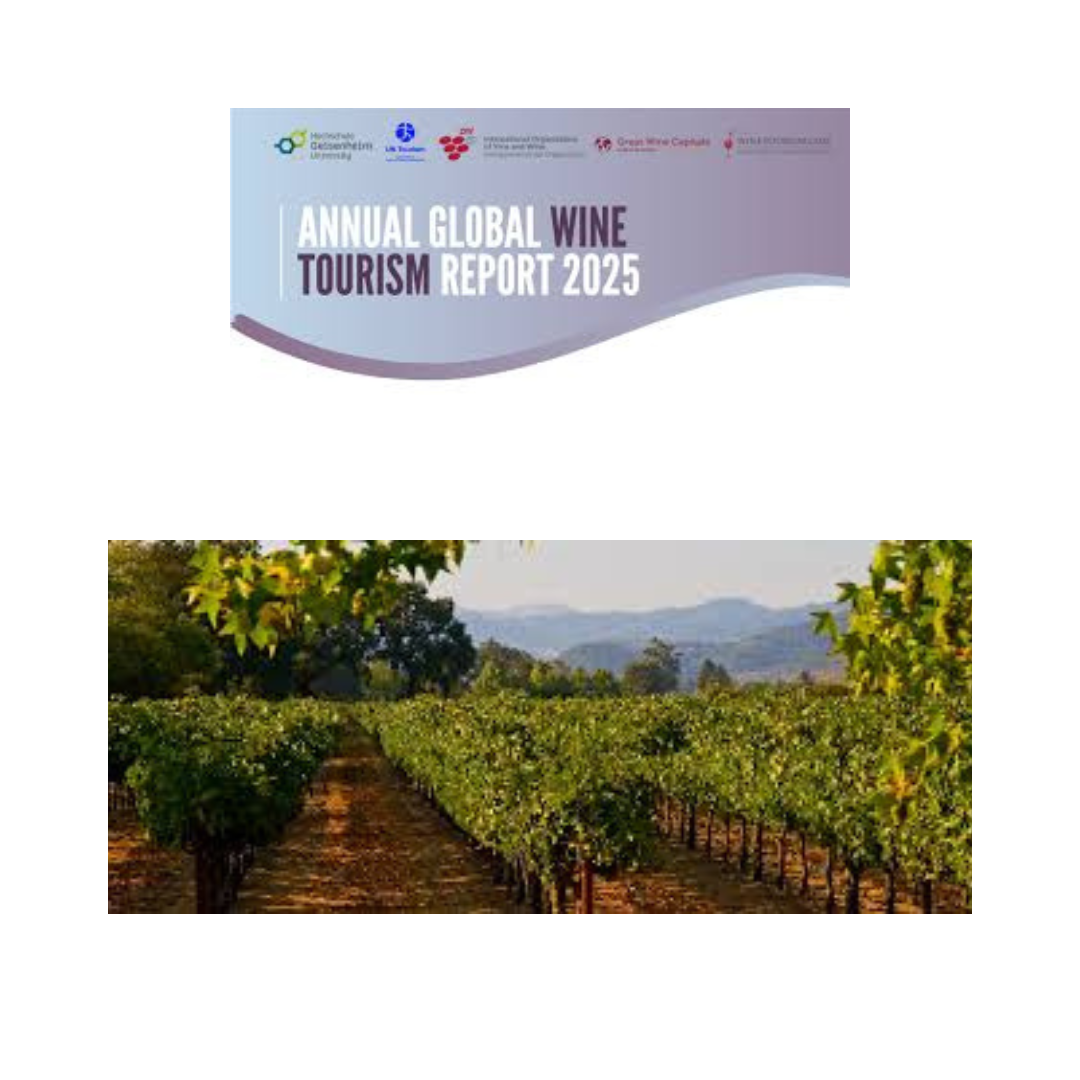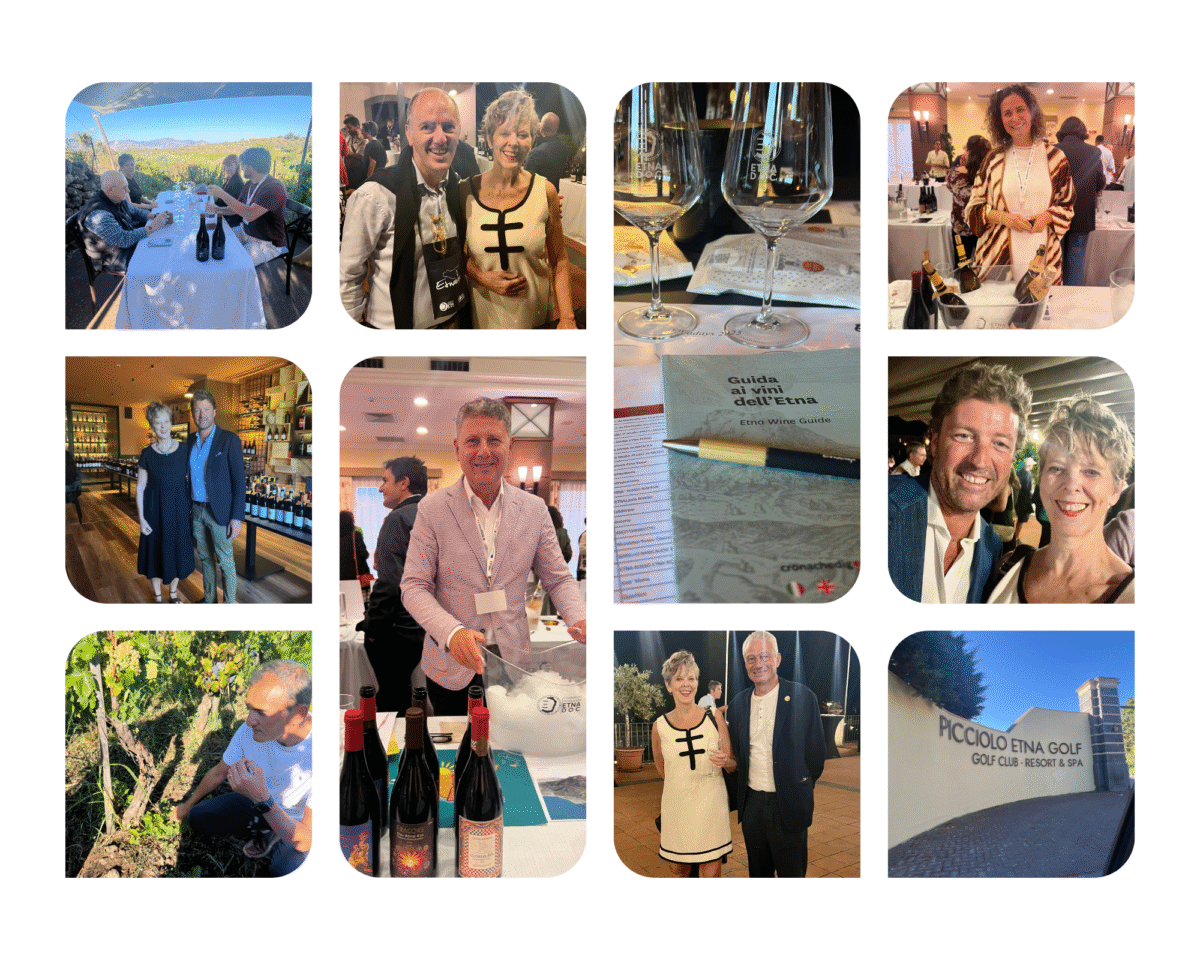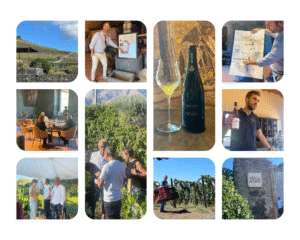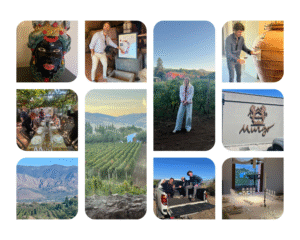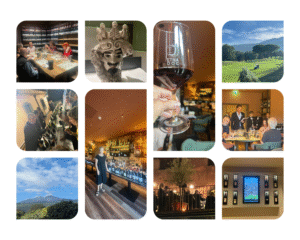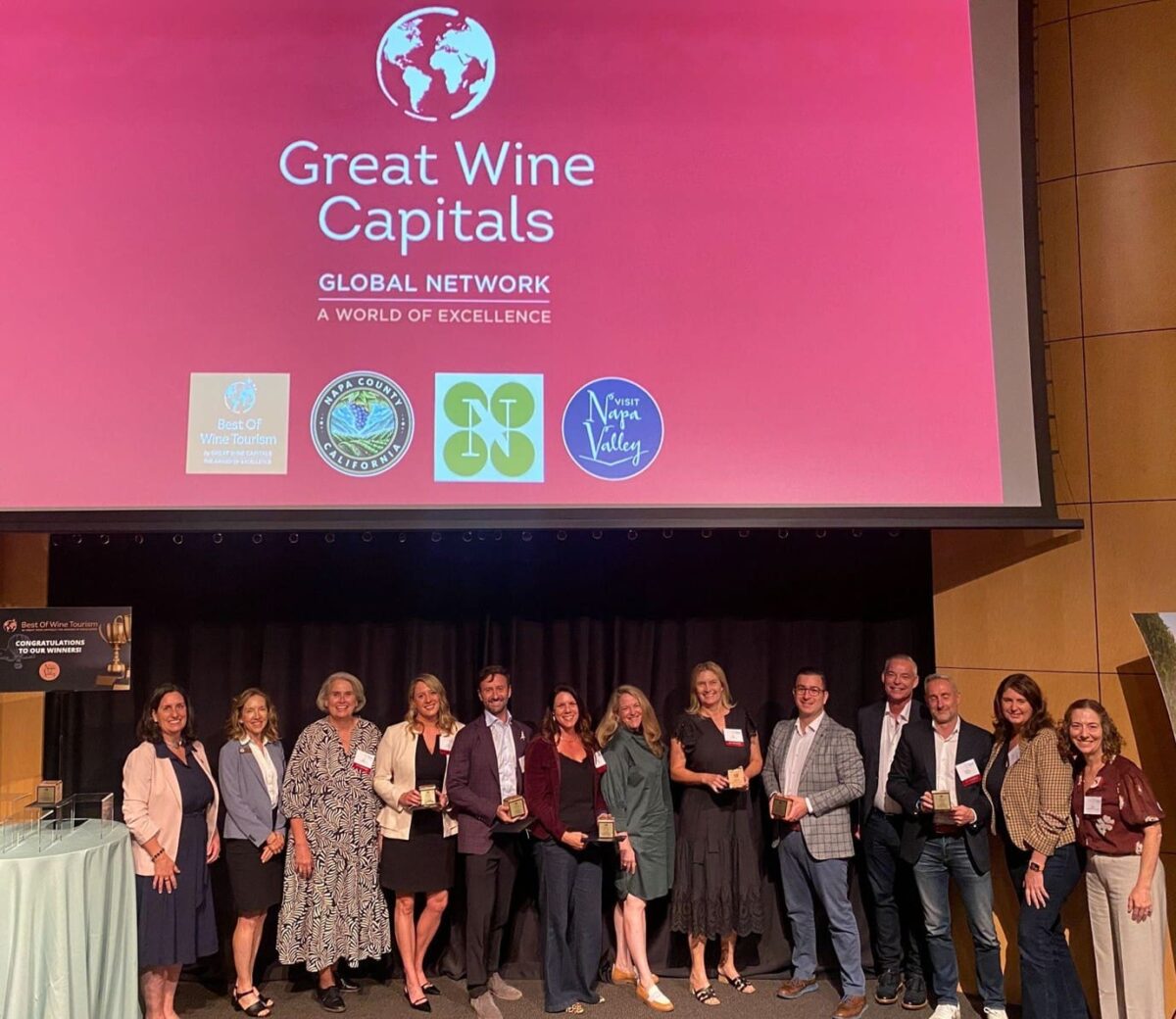“I am thrilled and deeply honoured to receive the 2025 ITER VITIS Award for Communication, recognizing my global advocacy in promoting wine culture, education, and responsible tourism.”
The award was presented a few days ago at the ITER VITIS Conference in Thessaloniki, Greece. This inspiring event brought together international experts and institutions to explore how wine tourism can drive a greener, more inclusive, and innovative future across Europe.
My heartfelt “Thank You” to ITER VITIS – Cultural Routes of the Vine and Wine, the Council of Europe’s Cultural Routes Programme, and to all those working to preserve and celebrate the cultural, historical, and sustainable heritage of wine.
This recognition reinforces my lifelong commitment to advancing the dialogue between wine, culture, and sustainability – connecting people and places through the shared language of the vine.
Stay tuned for a full press release!
Liz Palmer
Thessaloniki, Greece


